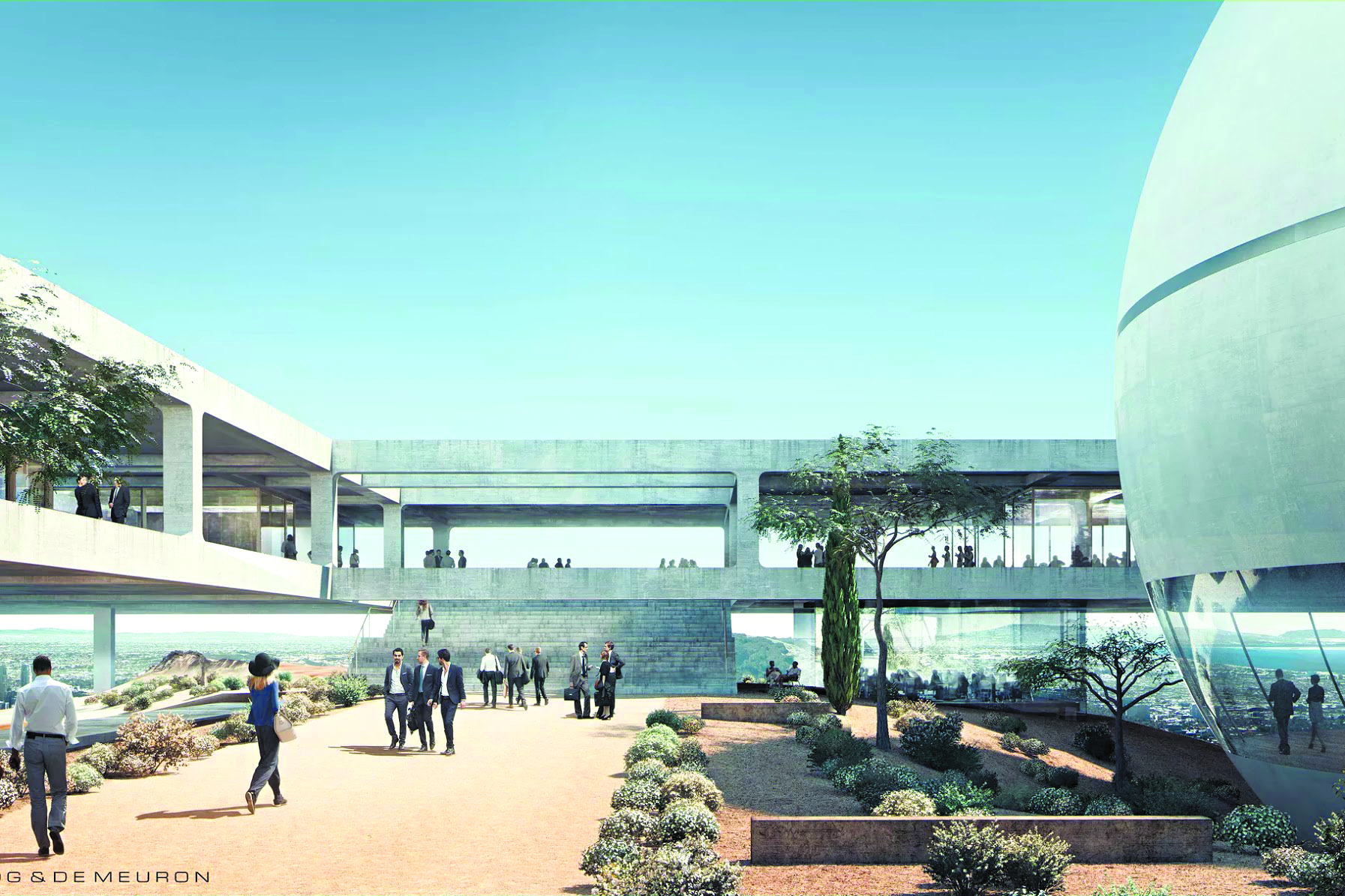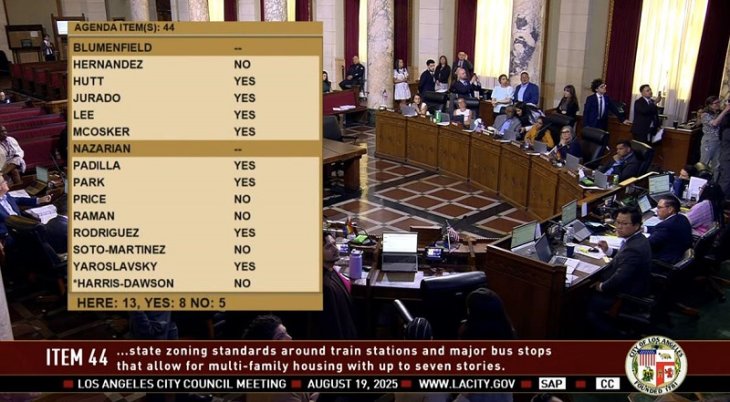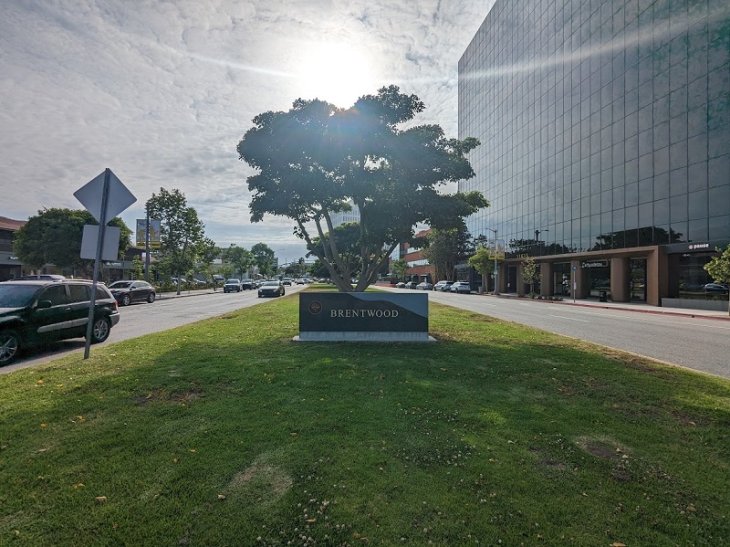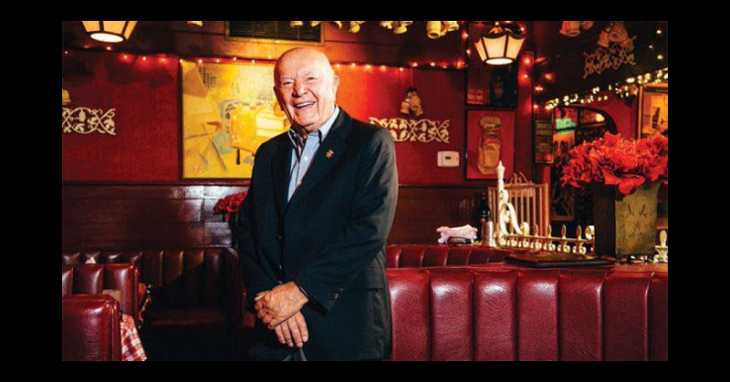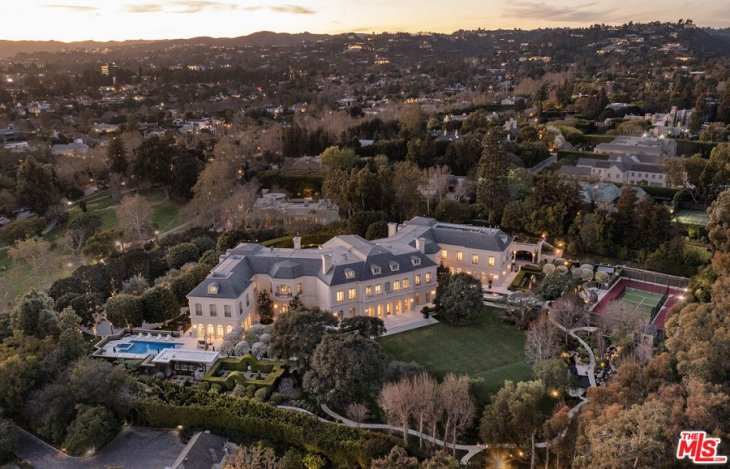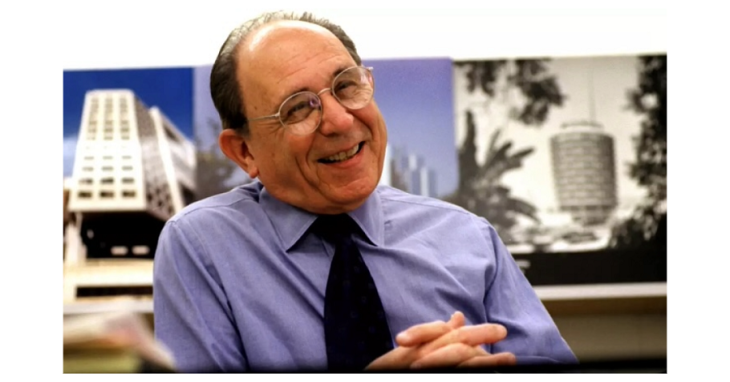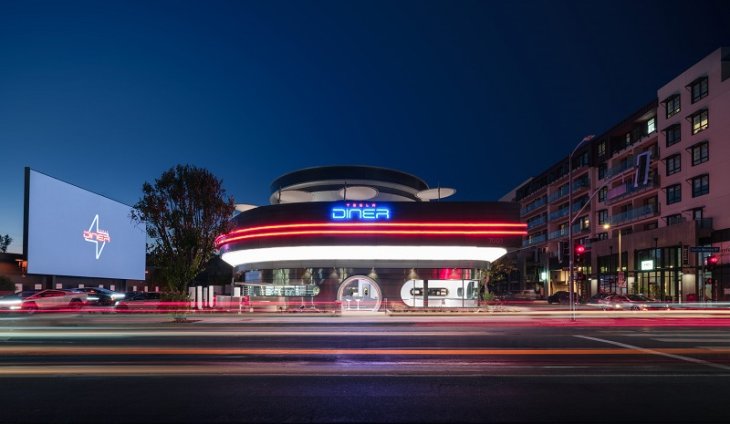A Place to Call Home.
Brentwood, like the mountains that surround it, is remarkable. It is populated by engaged citizens that demonstrate a sense of belonging by their level of involvement. They gather, they talk, and they make decisions together. This gives the community a strong sense of identity that is unique in Los Angeles. It is a community we look forward to being a part of as a good neighbor.
In the past year, we have had the opportunity to engage dozens of residents in our planning. From political leaders and community activists, to residents who have lived here for decades, they have taught us much. Their willingness to walk the property and share their knowledge of the natural landscape and storied history of the Berggruen Institute site, has shaped – and continues to shape – the project in a myriad of ways.
Our intention from the outset was to create a space for scholars and thinkers, doers and shakers, to come together to develop break-through ideas that will help humanity manage the challenging future ahead. We are living through a period of transformative change driven by technology, climate change and globalization. From labor-less economies and scarce resources, to mass migration and deliberate evolution, there are weighty consequences we are leaving for our children to manage. Our mission is to inspire and support the development of solutions and new systems adapted to these coming realities.
The beautiful site in Brentwood will someday be the home for this work, a place for contemplation and collaboration. The campus will include a main building, an eco-village for scholars and a few cottages. The main building will house a lecture hall, some meeting spaces, administrative offices and some temporary dwelling and offices for scholars.
Throughout the design process, the feedback we have received has been integrated into our plans. We knew a priority was to save much of the landscape and the integrity of the ridge. Our great architects, Herzog & de Meuron, have designed the campus to the contours of the ridge, working within graded surfaces or areas that better lend themselves to building, so as to leave much of the natural landscape and wildlife habitat undisturbed. We were able to reduce the expected grading and earth displacement required by the residential estate plan by 88 percent. We are preserving more than 90 percent of our site as open space, while turning the existing disturbed areas on the ridge into an eco-sensitive garden of native and drought-resistant plants maintained with recycled rainwater. We are applying sustainable solutions such as passive heating and cooling, energy efficient and alternative technologies and water reuse and recycling systems. We want this to be an example for eco-friendly design.
To make this vision a reality, we recognize and embrace the need to work with many important stakeholders and approving authorities on a wide variety of issues, including site access and transportation, preservation of open space, enhancement and maintenance of the trail system, and optimizing the design for fire prevention, early detection and response. This also includes updating the infrastructure that manages the landfill and implementing management best practices to enhance oversight and maintain it safely and securely.
Other valuable input from stakeholders in the community have included placement of the campus and creation of wooded buffer zones and landscaping to protect our neighbors from the hub of campus activity, limits on the number and size of events and significant reduction of the overall size of the project. All of these changes have been made in response to stakeholders and prior to even filing for entitlements.
The prior plan, for which the site is currently approved, was developed with very different interests in mind. The owners planned to develop the land to turn a profit and the plans reflect that. That project would be highly destructive to trees and natural habitat, would require 4 million cubic yards of grading and earth displacement, and further destroy the integrity of the ridges. The developers did not care about leaving behind this destructive legacy. They were not in it for the long haul.
We understand that realization of this serene site as a place of contemplation and collaboration will require the support of the community we hope to call our home. This will be a long and ongoing process over many months and we are barely at the beginning. We look forward to learning more and improving the project as we go. We do this because this will be our home and we want to be good neighbors.
Dawn Nakagawa is the executive vice president of the Berggruen Institute

